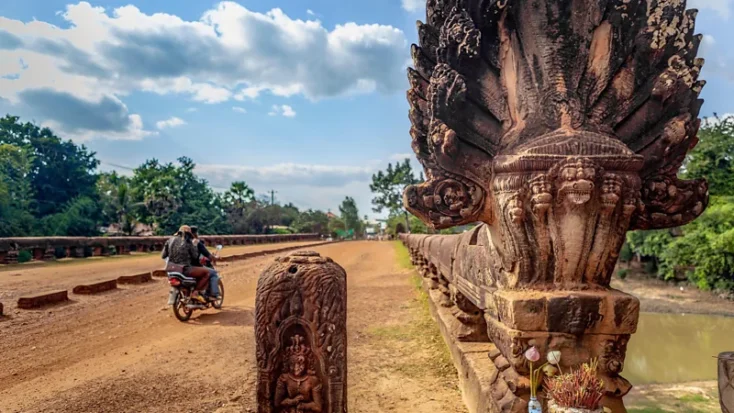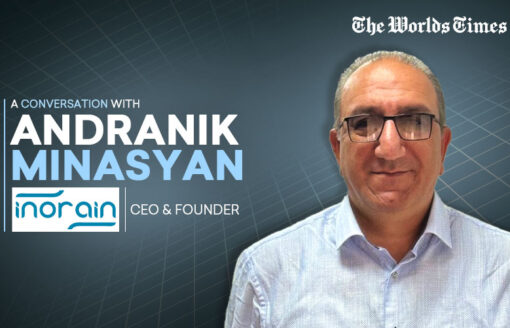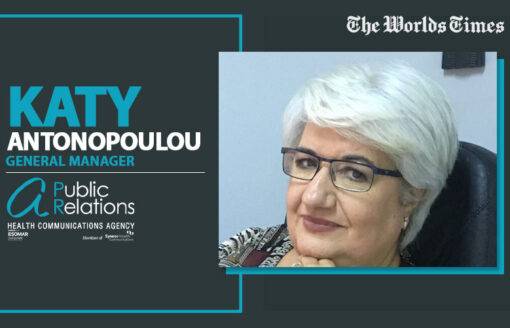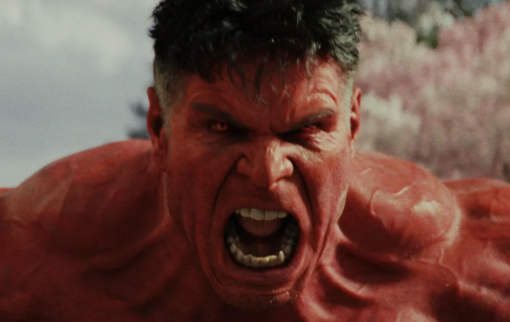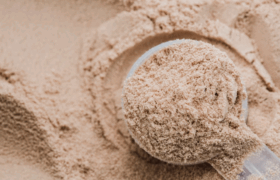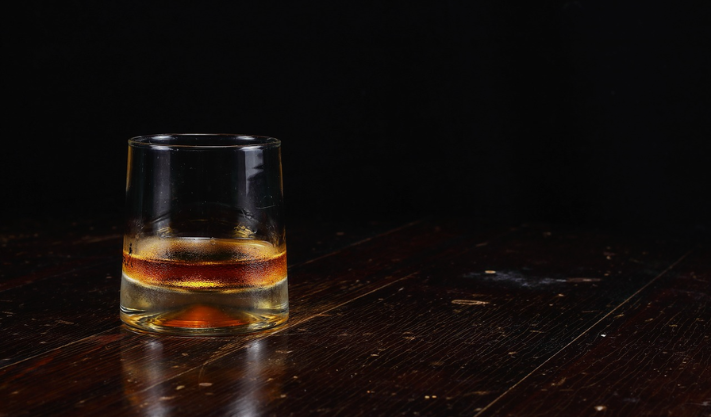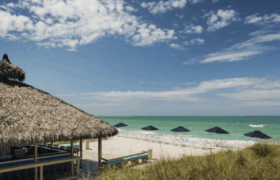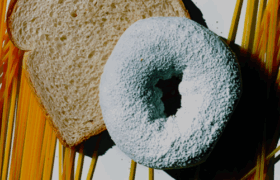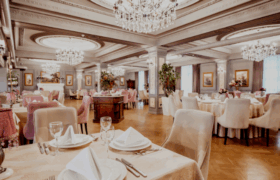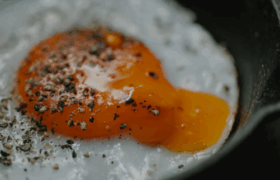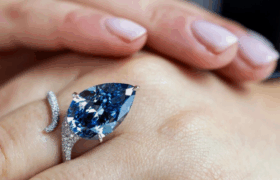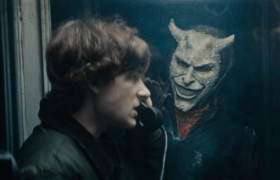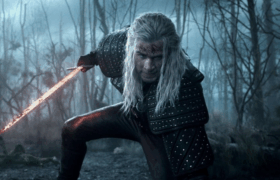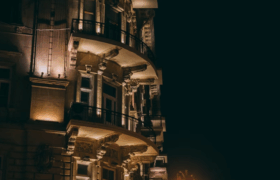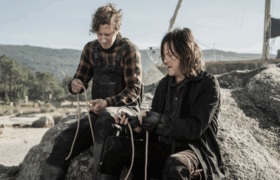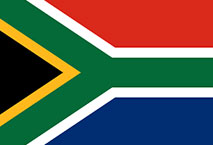Cambodia’s East Royal Road: A Glimpse into the Khmer Empire
Cambodia’s East Royal Road is filled with ancient bridges, hidden temples, and opportunities for off-road adventure, offering a unique perspective on the famed Khmer Empire.
I started my journey on the morning of my birthday in a minivan, but soon found myself clinging to a Cambodian man I’d just met, riding on the back of a dirt bike. At 7:00 AM, I stepped out of the wrought iron lift at Raffles Grand Hotel d’Angkor in Siem Reap, imagining how Jackie Kennedy might have done the same during her visit in 1967. There, I met my guide, Pheakdey “Dey” Sieng, from the tour operator About Asia. I had come to Siem Reap to explore the East Royal Road, a 100km route connecting the ancient temples of Angkor Wat, Beng Mealea, and Preah Khan Kompong Svay. The Khmer Empire, which ruled much of Southeast Asia from 802-1431 CE, is renowned for its temples, but its power also stemmed from a vast 3,000km road network that extended from its historical capital, Angkor, to modern-day Thailand, Vietnam, Laos, and Myanmar.
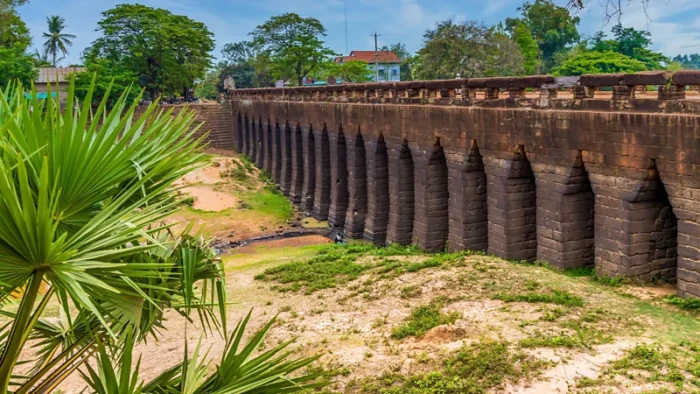
The Open Road is a celebration of the world’s most remarkable highways and byways, and a reminder that some of the greatest travel adventures happen via wheels.
While there were five royal roads connecting the capital with its provincial cities, the East Royal Road stands out. It boasts the largest collection of intact Khmer infrastructure, including bridges, ponds, walls, and embankments. Unlike other roads, it also features resthouse temples where pilgrims could eat, pray, and sleep. This road was used not only for transporting the stones and iron needed to build and defend Khmer temples but also for its advanced irrigation systems. Along the East Royal Road, you’ll find ancient laterite bridges—many still in use—crossing rivers and streams.
The route is a popular choice for dirt bikers and temple enthusiasts, and just before my visit, Prime Minister Hun Manet nominated Beng Mealea and Preah Khan for UNESCO World Heritage status. With growing interest expected in the coming years, I wanted to experience these sites before they became widely known.
There was just one problem: the heat was intense. Travelers are advised to avoid Siem Reap in April due to the scorching temperatures, and that particular week, a heatwave pushed temperatures above 40°C, with a UV index of 12 on a scale that tops out at 11+.
Dey’s plan was to visit Preah Khan first, then head to Beng Mealea before returning to Siem Reap, saving Angkor for another day. We left Siem Reap, traveling along the ancient earthen road, now mostly following paved Highway 6. Our first stop was Kampong Kdei, where we saw an 86-meter bridge with 21 arches built during the 12th-century reign of Jayavarman VII, one of the greatest Khmer rulers. The rust-colored bridge, featured on Cambodia’s 5,000 Riel banknote, has striking balustrades shaped like a nine-headed naga, a mythical half-human, half-serpent figure representing water and fertility.
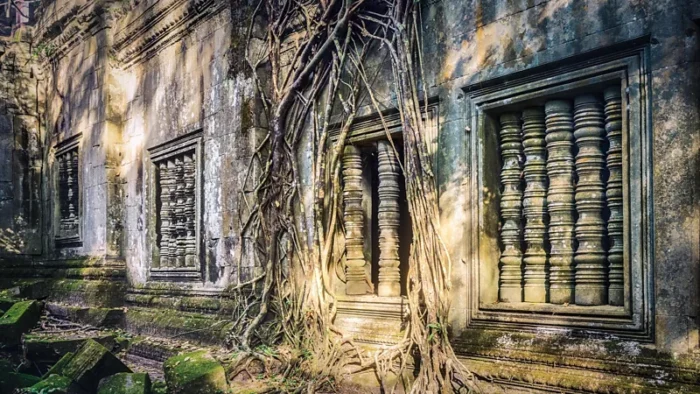
“Welcome to free massage road,” Dey said as we turned onto a bumpy dirt path. I wondered what kind of massages he meant, as it felt like being dropped from a second-floor window. Even though we were still an hour away from Preah Khan, the scene began to change. Cement homes gave way to wooden houses on stilts, and a baby calf with her mother wandered across the dusty road while naked toddlers paused their play to smile and wave. According to Dey, the villagers are mainly farmers who grow cashews, cassava, and rice.
Bones thoroughly rattled, we arrived at Preah Khan. Unlike Angkor Wat, which sees thousands of visitors daily, Preah Khan is much quieter. As a fellow traveler and I exchanged smiles, it felt like we were in on a special secret.
Dey explained that this was the most looted temple of the empire, plundered by French explorers in the 19th century and by locals in the 20th. In some places, the temple resembled a giant game of Jenga, but it was also filled with intricate carvings of three-headed stone swans, divine birds (garudas), elephants, and nagas. We paused to admire the restored 9.5-meter-tall statue of Preah Chahtomukh, featuring four smiling Buddhas facing each cardinal direction. The serene, enigmatic faces carved into the massive stone towers were awe-inspiring, earning them the nickname “the Mona Lisas of Southeast Asia.”
Lunch was a tasty meal of rice and dried fish served in a thatched hut at a local restaurant. Dey mentioned that this stretch would be better navigated by dirt bike, explaining that the road from Preah Khan to Khvav could only be traveled by off-road motorcycles or oxcarts. Luckily, he knew two men who could help us out. As I considered “the birthday effect,” which suggests a higher risk of dying on or near one’s birthday, I wondered if riding a dirt bike on a dusty, rutted path in the sweltering heat was a good idea.
My dirt bike driver, Mr. Cheat, looked concerned as I climbed onto the back and gripped the grab rail. Dey, who had been serious, suddenly grinned mischievously. With the engine sputtering to life, we set off. Navigating through the jungle, we dodged trenches and low-hanging branches, speeding past forests, fields, and the occasional tractor on tightly packed clay paths. We stopped briefly to explore rarely seen ruins.
The road from Preah Khan to Beng Mealea is dotted with rest stops known as “firehouses” and larger resthouse temples. Historians are unsure whether these were religious, secular, or both, and little research has been done on them due to their inaccessibility.
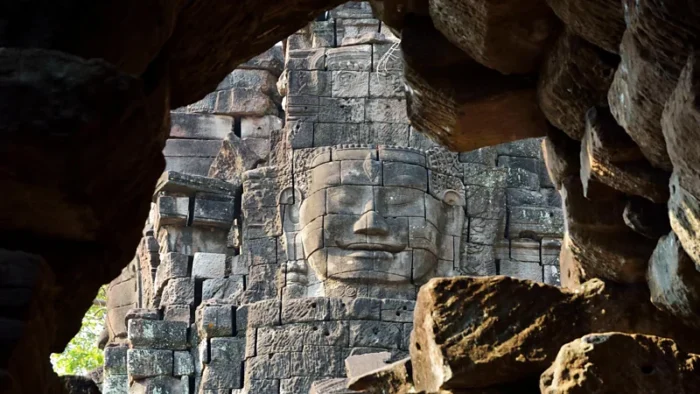
We visited Sopheap Tbong, a typical resthouse with an outer wall and a large gate leading to a central hallway flanked by two galleries. Peering through tilted windows into a narrow room, I imagined ancient travelers and pilgrims resting during their long journeys across the Khmer Empire. Believed to travel 30 km per day, Khmer travelers would have used these resthouses placed 15 km apart for midday and evening breaks.
Prasat Pram, another resthouse, was mostly covered in vines, but a detached window revealed carved pillars used as Khmer window blinds. Despite cursing the heat, I was thankful that the dry roads made travel easier, as wet oxcart ruts would have been treacherous. When I asked Dey why we hadn’t seen any oxcarts, he replied, “It’s too hot for the ox.”
Back on the bike, I gripped Mr. Cheat’s shoulders as Dey announced, “One more temple.” Twenty minutes later, we arrived at the ruined fire shrine, Prasat Ta En, where I lumbered over fallen laterite blocks before pausing to catch my breath. This was indeed a rest stop. As leaves rustled around me and the herbaceous fragrance of the trees filled the air, the sun peeked through the forest canopy. Without intervention, this site seemed destined to fade from memory; nature had nearly reclaimed it, leaving only a few jutting pieces of stone.
We then drove to our final bridge, Spean Ta Ong. The 70-meter-long, ornately carved bridge was a beautiful respite from the rutted roads, its naga balustrades glowing in the burnt sienna light of the late afternoon.
Arriving in Khvav, my 30 km dirt bike adventure concluded. I bid farewell to Mr. Cheat and climbed back into the comfort of an air-conditioned vehicle with Dey. We were 20 km from Beng Mealea, which was about to close. We arrived late, but Dey managed to persuade a guide with a $5 tip to let us in after hours. We entered Beng Mealea, enjoying the solitude of having the temple to ourselves.
Constructed around the same time as Angkor Wat, Beng Mealea is believed by many to have been a prototype for the capitol. The temple is mysterious and romantic, virtually untouched. Silk cotton trees entwine the stone ruins, their roots sprawling across the ground like the greedy claws of a giant lizard. Menacing strangler figs appear to burrow into the earth, reclaiming their place in the underworld.
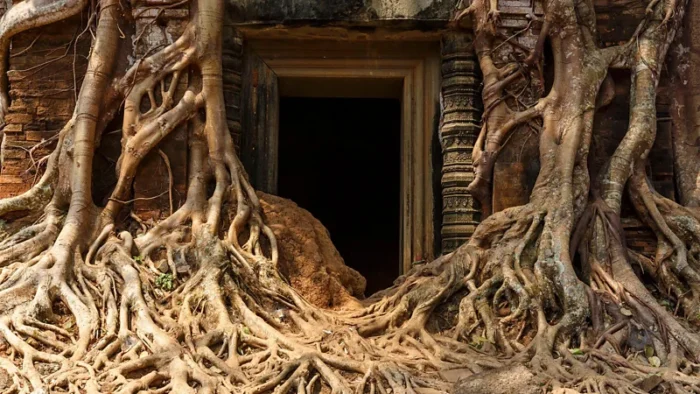
Large piles of sandstone blocks, many adorned with intricate carvings, littered the grounds. We followed winding wooden walkways through the ruins, which had been built for the set of the 2004 film Two Brothers, starring Guy Pearce. Amidst the rubble on a wall, we discovered a moss-covered masterpiece: the Churning of the Ocean of Milk, a depiction from Hindu legend of a tug-of-war between gods and demons for the elixir of immortality.
After an hour of exploring, we returned to Siem Reap and stopped by the offices of About Asia. Mud-splattered and exhausted, I chatted with Silen Truy, one of Siem Reap’s few female guides. When I asked her why she wasn’t my guide, she laughed and said, “The dirt bike. That’s man stuff.”
Returning to Raffles Grand Hotel d’Angkor, I looked more like Bear Grylls than Jackie Kennedy. Thorns jutted from my hair, dirt outlined where my glasses had been, and my legs were 12 shades darker than my ashen feet. It was, without a doubt, the best birthday ever.
The Open Road is a celebration of the world’s most remarkable highways and byways, and a reminder that some of the greatest travel adventures happen via wheels.
Published: 21st Aug 2024
Also Read:
Could Trump really deport one million immigrants?
Trump to tout economic plan after union rights row
Trump’s chat with Musk on X fact-checked
